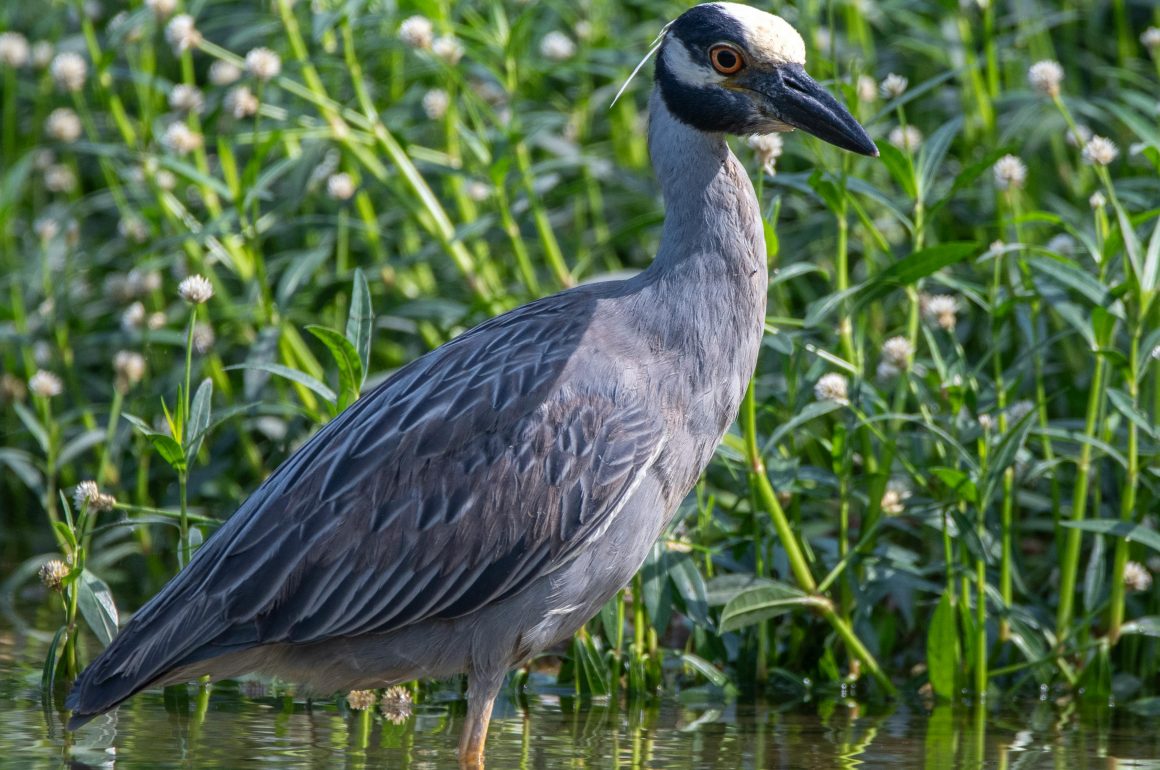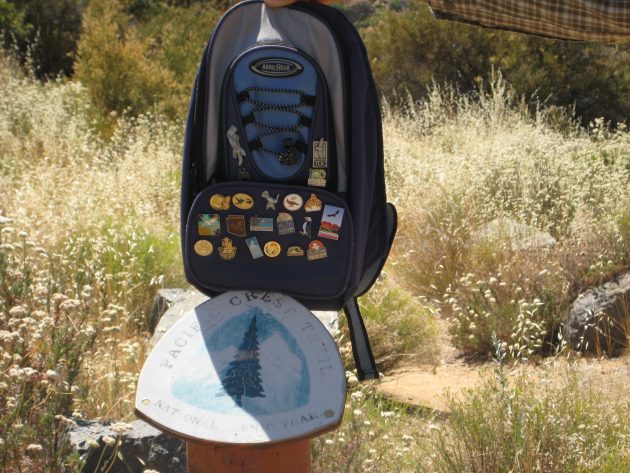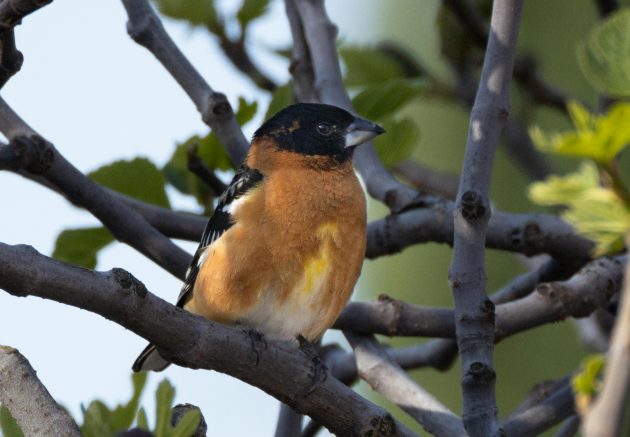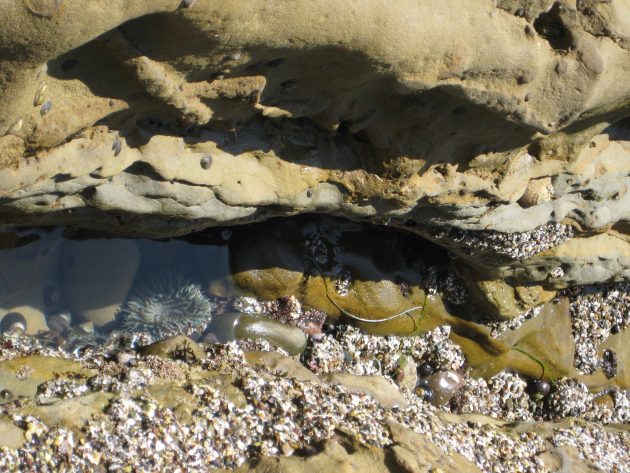
San Diego County in California is one of the birdiest areas in the United States with 500+ species recorded there. It offers a wide range of habitats from the coast, to the desert, to the mountains. Also, the weather is wonderful year-round (do be aware of the overcast, cooler months of “Gray May” and “June Gloom”). This all contributes to a variety of bird life. We had a chance to experience the lovely weather and bird diversity during our visit to the area.
We spent one day with a fantastic local birder. He drove us around all day and was determined to get me my target birds. We started our day by heading into the mountain area, reaching a height of 5200 feet. We found Pygmy Nuthatch, Mountain Chickadee, Band-tailed Pigeon, and White-headed Woodpecker. My non-birder husband, who has a great eye, actually noticed the woodpeckers first and pointed them out to us. Our host joked that he was putting him out of his job. We watched the female woodpecker flake bark off a tree to find grubs to feed her fledgling son. We drove down to lower elevations for Lawrence’s Goldfinch, Ash-throated Flycatcher, Western Wood-Pewee, Lazuli Bunting, and White-faced Ibis. We finished the day in a local park looking for an elusive California Gnatcatcher, which was hanging out with a flock of Bushtits.

My backpack with my bird pins on the Pacific Crest Trail marker
Later in our trip, we went out with a bird guide. We birded in Kitchen Creek, which is along the Pacific Crest Trail in the Laguna Mountains. That day I added the following lifers: Rufous-crowned Sparrow, Black-headed Grosbeak, Western Meadowlark, Hooded Oriole, and Bullock’s Oriole. On both days the scenery was an added bonus. The mountains were strewn with boulders and the valleys were green with citrus and avocado orchards. At the end of the day, the sunset over the mountains was stunning.

Black-headed Grosbeak
We explored some places on our own. The Chula Vista Nature Center is located south of the city on San Diego Bay. We enjoyed looking at the exhibits and going on a tour of the facility with a docent. We wandered along trails down to the bay. We saw a Black Skimmer zip by a pair of feeding Long-billed Curlews. Scenic Point Loma offers panoramic views of the city, the bay, and the Pacific Ocean. Drive down the hill to visit the Cabrillo Tidal Pools. At low tide, all kinds of interesting creatures are visible. I’m sure that the area attracts shorebirds during migration.

Cabrillo Tidal Pool at low tide
Tijuana Slough is part of the Tijuana Estuary. It is an Important Bird Area and is as close to Mexico as you can get but still be in the United States. The afternoon we were there, we continually saw US Coast Guard helicopters patrolling the area. On a trip to San Diego County, be prepared to be checked out by the Border Patrol. On the day we were out with the bird guide, we went through one spot check. Later that same day, a Border Patrol officer noticed our parked car and came looking to see who the owners were. Those were definitely different birding experiences. At the slough, the birds are used to the constantly-circling helicopters and continue about their daily lives. I was delighted to find my lifer Clapper Rail. That bird was very cooperative – it kept wandering in and out of the reeds. We also saw American Pipit, Horned Lark, Least Tern, Willet, and a pair of Yellow-crowned Night-Herons (pictured at beginning of article), which were nesting there for the second year in a row.
A very productive visit indeed!
Note: Backpack photo from the Kinrys family. Other photos from Pexels.com, an online source of copyright-free photos.











HI Leslie, I enjoyed reading this article. It popped up in my Google search about the best time of year, and places to visit, for birding in the San Diego area. Home for me is east of Montreal, so San Diego is a far and unfamiliar territory. However, I have heard from others that birding in the S.D. area is quite good. I appreciate that every day is a good day for birding, but I wonder if you have any thoughts on the best time of year to consider San Diego as the birds migrate north in the spring?
Sincerely, with thanks, John (an ex-Expos fan!)
We were there the end of June. By my article, you can see that we saw a great variety of birds at that time. The weather was lovely.
Expos – a real blast from the past!